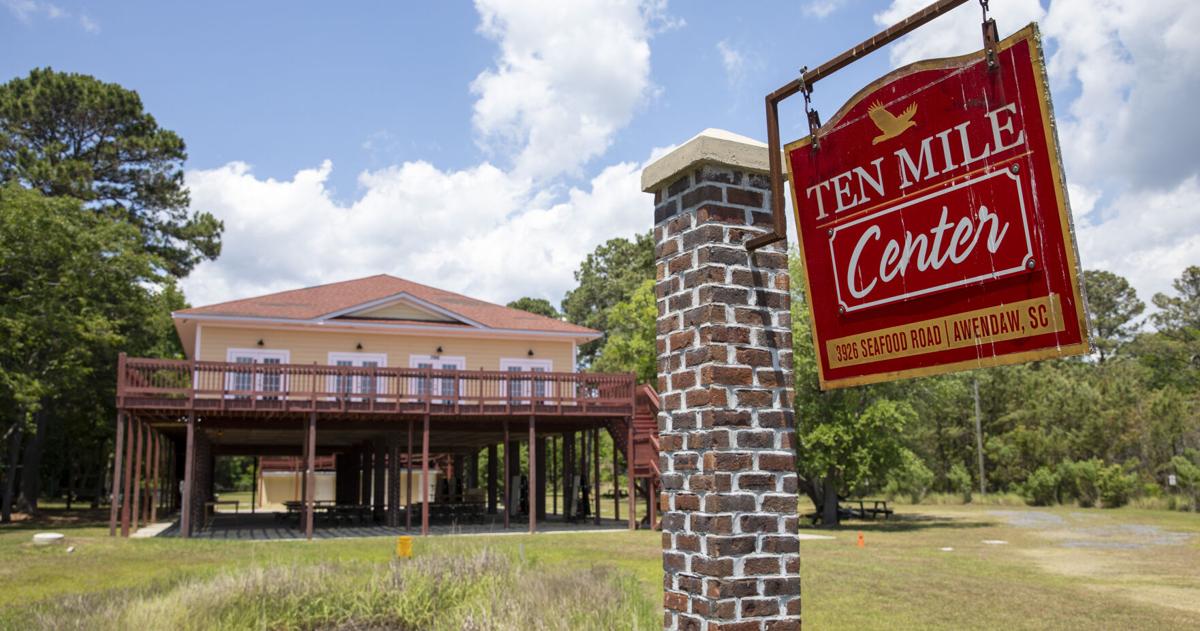Copyright postandcourier

Some of the guidelines in the overlay include requiring neighborhood association approval for street names, maintaining similar architecture styles for future homes (most homes in Ten Mile are ranch-style), allowing for more flexibility in the size of an accessory dwelling unit and a more-stringent threshold for traffic impact studies when developments begin. Residents like Ed Pinckney have voiced their support for the zoning overlay district. He previously told The Post and Courier the overlay was a long-term goal for the Ten Mile community as an effort to preserve its rural lifestyle and protect residents from being displaced by large-scale developments. But not all changes aim to limit development. One of the proposed amendments in the new district is to increase density in part of the community. Ten Mile is split by the Urban Growth Boundary, a line established around 2000 that separates urban and suburban uses from rural uses. Residents want to increase the density in the rural part of the community from one dwelling unit per three acres to one dwelling unit per acre. Emily Pigott, county historic preservation officer and community planner, previously told The Post and Courier that community members wanted this change so they could split the land with a family member who can build a home of their own. Pinckney said it was a way to balance development without pushing out residents. Still, a couple members of County Council are apprehensive about this particular amendment. Kobrovsky and Rob Wehrman shared their concerns about it at the Oct. 23 planning and public works committee meeting. Kobrovsky told The Post and Courier he doesn’t want to see this upzoning set a precedent for increasing density throughout the county and that it goes against what he advocates for — preserving settlement communities and their rural character. Kobrovsky had previously pushed for extending the housing moratorium for settlement communities for as long as other members of council were willing to. While his proposal was shot down at the Sept. 25 planning and public works committee meeting, he told The Post and Courier he hopes it’s an option council can consider in the future.



